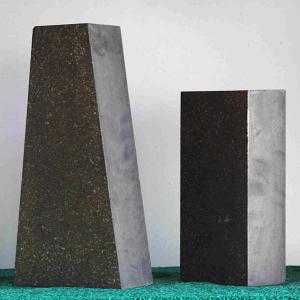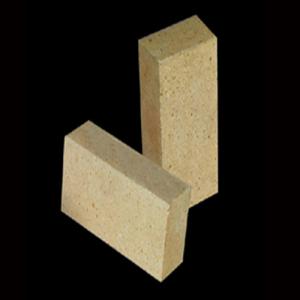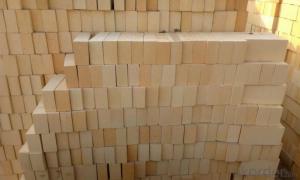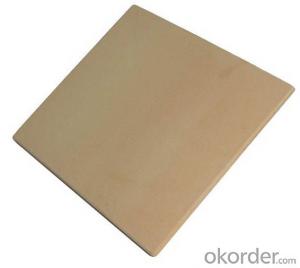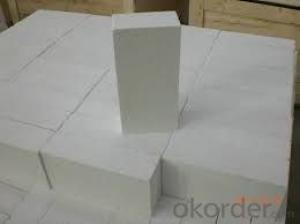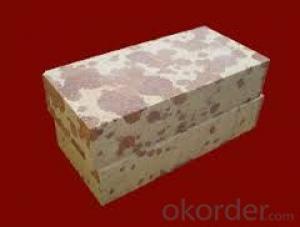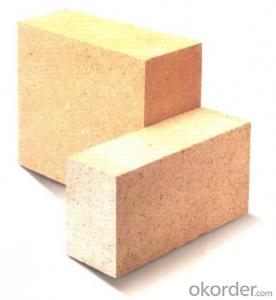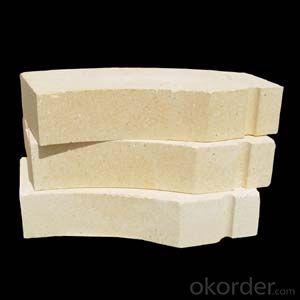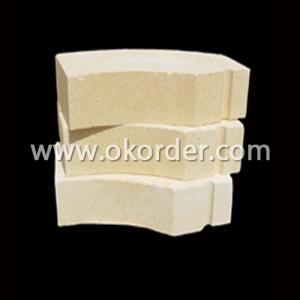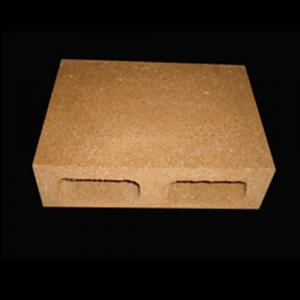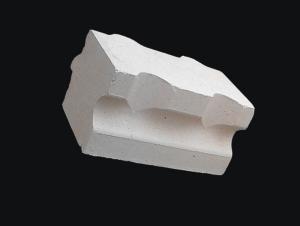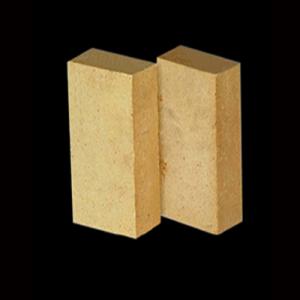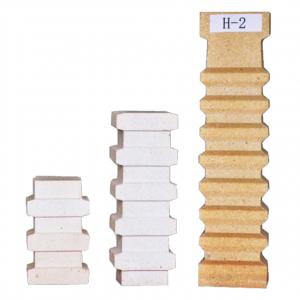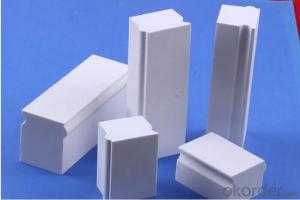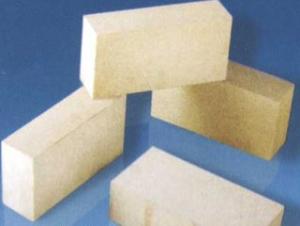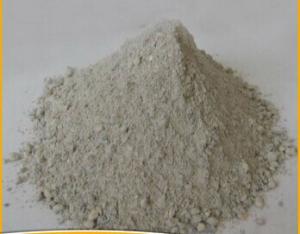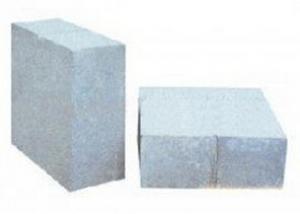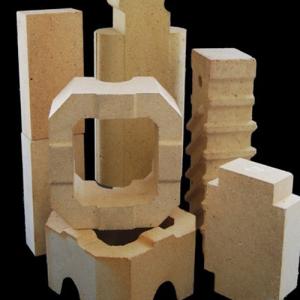Alumina-Silicon Carbide-Carbon Refractories ASC Working Lining Bricks in Torpedo Car Iron Ladles
- Loading Port:
- Tianjin
- Payment Terms:
- TT or LC
- Min Order Qty:
- 5000 kg
- Supply Capability:
- 50000 kg/month
OKorder Service Pledge
OKorder Financial Service
You Might Also Like
Alumina-Silicon Carbide-Carbon Refractories ASC Working Lining Bricks in Torpedo Car Iron Ladles
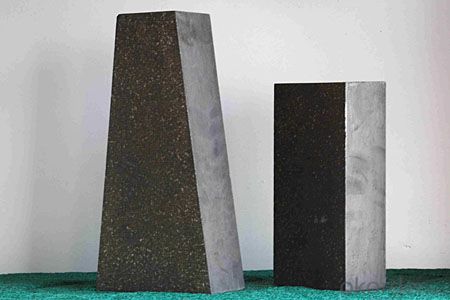
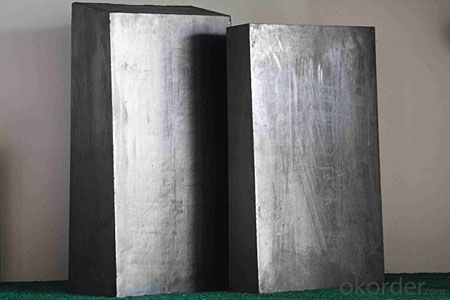
Product name, Description, Raw material, Performance & Applications
ASC refractories, short for Alumina-Silicon Carbide-Carbon (Al2O3-SiC-C) refractories, represent a cutting-edge solution for the working lining of torpedo car and iron ladles in the steel industry.
These bricks are meticulously engineered using a premium blend of raw materials, including high-grade bauxite, fused alumina, silicon carbide, graphite, antioxidants, and various additives. Expertly shaped with a phenolic resin binder, they fall under the category of non-burnt carbon composite refractory materials. The production process strictly adheres to dimensional requirements and maintains a strong commitment to high-quality standards.
Our ASC refractories are purpose-designed to excel in the demanding environments of molten metal transportation. They exhibit exceptional attributes such as thermal stability, resistance to alkalis, slag, oxidation, and erosion.
These refractories are primarily used to line hot metal pre-treatment equipment, including torpedo-type mixed iron trucks and iron ladles, during the transfer of molten metal.By choosing our ASC refractory working lining bricks, steel manufacturers can significantly enhance the efficiency and reliability of their torpedo car iron ladles and other metallurgical molten iron pre-treatment equipment.
Chemistry and Physical Properties
The following tables present values for the content of Al2O3, SiC and C elements, bulk density, apparent porosity, cold crushing strength, modulus of rupture, type of bonding, and dimensional tolerance for both of the two types of ASC bricks: Standard and Three-removals.
Standard Type ASC Brick
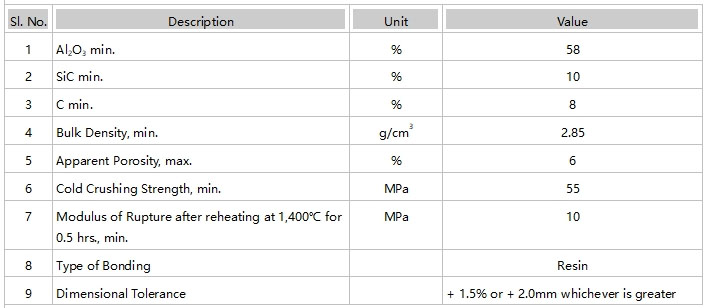
Three-Removals Type Brick
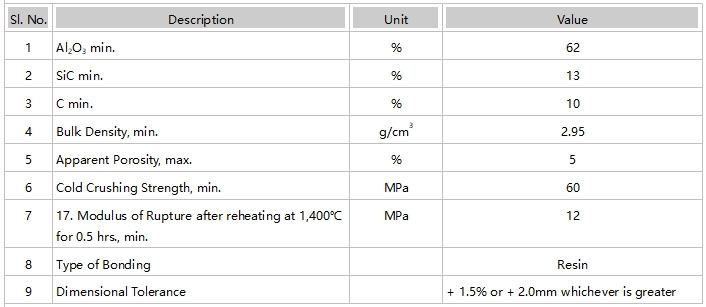
- Three removals, referring to the removal of impurities such as phosphorus (P), sulfur (S), and silicon (Si) from the molten steel during the steel-making process. Three-Removals type bricks are specially designed to have a higher level of purity and lower impurity content than standard bricks.
Packaging
Here are some reference photos showcasing the packaging of our exporting ASC bricks. The ASC bricks are securely enclosed within robust MDF (Medium Density Fiberboard) wooden pallets or cases, with each package measuring approximately 110x100x75cm and weighing approximately 1 ton.
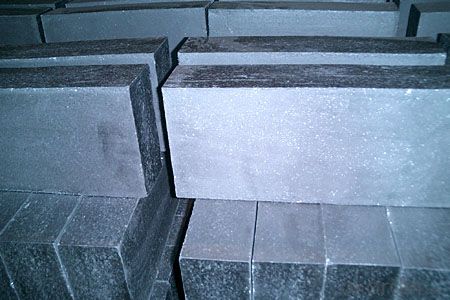
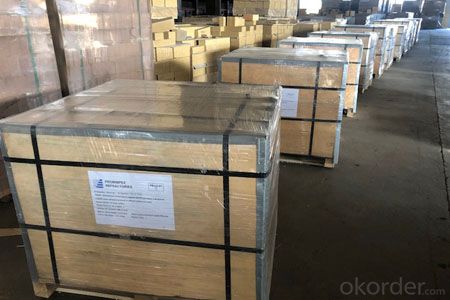
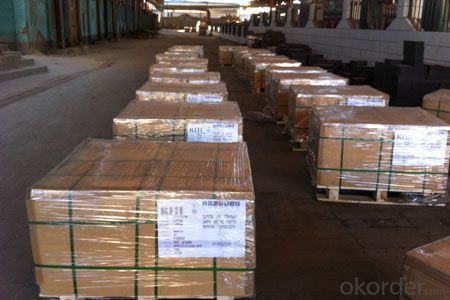
Contact Us
If you have specific requirements for ASC Working Lining, please inform us about the current usage of the product, existing brick types, and other information. We will adjust the content of materials based on your needs and priorities, enabling us to create a product that meets your requirements and budget. If you need us to design the brick shapes, please provide detailed torpedo tank drawings. ASC casting materials can also be produced and provided.
- Q:How to reduce porosity of high alumina brick
- In order to reduce the porosity of high alumina brick, the corresponding measures should be taken from the selection of raw materials, batching, mixing, molding and firing.
- Q:What refractory material does cupola lining use?
- A class of inorganic nonmetallic materials with a refractoriness of not less than 1580 degrees. Refractoriness is defined as the temperature of a sample of a refractory cone sample that resists high temperature without loading and does not soften and melt down. But only in terms of fire resistance can not be fully described refractories, 1580 degrees of temperature is not absolute.
- Q:Which is faster for heat transfer between corundum bricks and high alumina bricks?
- 75 high aluminum and 43 clay bricks, 75 single weight 4.5kg or more. 43 3.65kg or so, the use of temperature 75, high aluminum in about 1520, 43 of brick 1430 or so, the color of 75 pan white, 43 of the Loess color. In short, the difference is great.
- Q:What is the price of the latest thermal insulation material?
- There are many kinds of insulation materials, and the price will fluctuate with the market. Small quantities of inquiry or procurement, then go directly to the local thermal insulation market, a wide variety of prices are basically the market price.
- Q:How can the refractory brick blast furnace be pulverized and pulverized enough not to be taken away by the wind?
- The gas will directly lead the dome combustion, in order to ensure good mixing, complete combustion of gas and air in a short time, the combustion capacity of short flame or flameless combustion burner, commonly used for semi jet short flame burner.
- Q:How much is the bending temperature aluminum silicon carbide brick for torpedo car
- High alumina brick is made of superfine alumina, fused corundum and fused mullite as main refractory materials.
- Q:What are the requirements for Rubble backfill height?
- Backfill should be filled with large stones, big face, small face upward, the decoration is stable, and then use small stones leveling, the gap between the stones can be swept into the slag, gravel, so that the gap filled.
- Q:What is spalling resistant high alumina brick?
- Spalling resistant high alumina brick is a kind of high alumina brick. Antistripping high alumina brick with high grade bauxite and containing Zr02 synthesis as raw material, according to a certain proportion by high pressure molding system in sintering products, products with anti stripping ability, and have the anti erosion potassium, sodium, sulfur, chlorine and alkali salt, low thermal conductivity and other properties that is the transition zone of cement kiln and decomposition of ideal material with remarkable characteristics, the product is good thermal shock resistance, strong ability to adapt to the environment. It is used in the preheating or decomposing furnace, grate cooler and so on.
- Q:How are the high alumina bricks fired?
- Light and high alumina bricks are usually fired in a weak oxidizing atmosphere. In light and high alumina bricks firing, they are often rich in impurities such as R2O, RO, Fe2O3 and so on. They react with Al2O3 and SiO2 at high temperature to produce liquid phase. In the Al2O3 - SiO2 - R2O system, the growth rate of liquid phase increases with the increase of temperature at high temperature. So, because the increase of sintering temperature brings a lot of liquid phase, the decrease of liquid viscosity will lead to the deformation of brick and the decline of brick high temperature function. Therefore, the lower sintering temperature and longer holding time should be adopted in the sintering process dominated by liquid phase sintering. The production practice shows that the same firing temperature can be used for the high grade aluminum bricks. When fired in an inverted flame kiln, it is usually 1430 degrees centigrade and insulated by 40H. The high alumina bricks such as Ill are 1390~1420 degrees centigrade. When the tunnel kiln is fired, they are 1550 and 1450~1500 degrees centigrade respectively. High alumina brick is usually made of weak oxidizing atmosphere.
- Q:What is the difference between high alumina brick and clay brick?
- Lightweight high alumina bricks are usually made of high alumina bauxite clinker with a small amount of clay. After grinding, the bricks are poured and shaped in the form of slurry by gas or foam method. They are fired at 1300~1500 DEG C. Sometimes industrial alumina can be used instead of some bauxite clinker. Used for lining and insulation of masonry kilns, as well as for areas where there is no strong, high temperature molten material erosion and erosion. When contacting the flame directly, the surface contact temperature shall not be higher than 1350 degrees centigrade.
1. Manufacturer Overview |
|
|---|---|
| Location | |
| Year Established | |
| Annual Output Value | |
| Main Markets | |
| Company Certifications | |
2. Manufacturer Certificates |
|
|---|---|
| a) Certification Name | |
| Range | |
| Reference | |
| Validity Period | |
3. Manufacturer Capability |
|
|---|---|
| a)Trade Capacity | |
| Nearest Port | |
| Export Percentage | |
| No.of Employees in Trade Department | |
| Language Spoken: | |
| b)Factory Information | |
| Factory Size: | |
| No. of Production Lines | |
| Contract Manufacturing | |
| Product Price Range | |
Send your message to us
Alumina-Silicon Carbide-Carbon Refractories ASC Working Lining Bricks in Torpedo Car Iron Ladles
- Loading Port:
- Tianjin
- Payment Terms:
- TT or LC
- Min Order Qty:
- 5000 kg
- Supply Capability:
- 50000 kg/month
OKorder Service Pledge
OKorder Financial Service
Similar products
New products
Hot products
Hot Searches
